After setting foot on the Moon, NASA astronauts contracted a mysterious illness lasting weeks. What caused it?
Over half a century ago, the U.S. completed six lunar landings (from Apollo 11 to Apollo 17), with 12 American astronauts stepping onto the Moon.
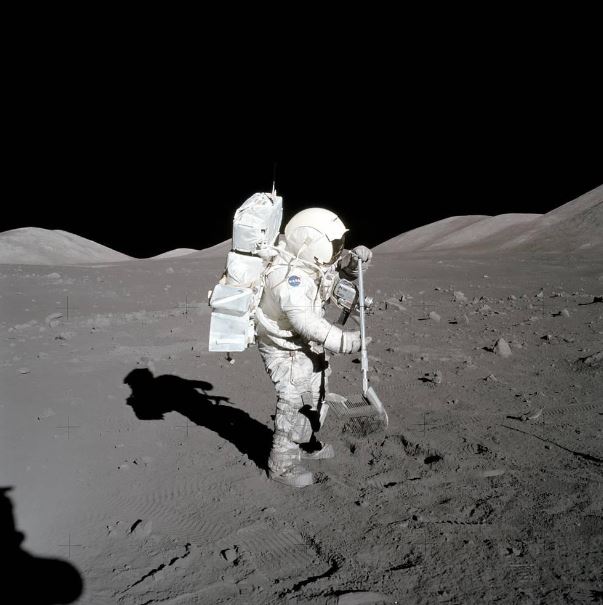
The astronauts collected lunar soil samples to study upon returning to Earth.
However, experts revealed that all 12 astronauts developed a "strange illness" with similar symptoms upon returning.
Reportedly, they suffered from severe nasal congestion and sneezing, lasting for weeks.
So, what caused these astronauts to fall ill?
The mysterious illness intrigued many, and research eventually pointed to the culprit: lunar dust.
Moondust comprises fine particles on its surface.
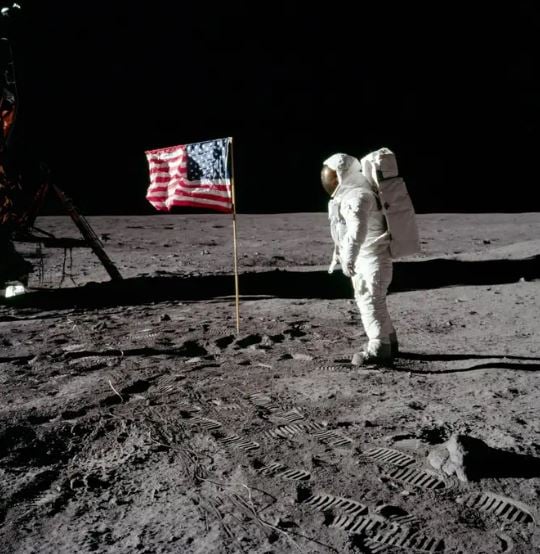
A 2018 study revealed that exposure to lunar dust could harm human lung cells.
When the dust adhered to astronauts' suits and entered their modules, it infiltrated their bodies without space suit protection.
Scientists warned that inhaling lunar dust could damage lung and brain cells with prolonged exposure.
These fine particles, even smaller than PM2.5 dust, cause various symptoms like sneezing, nasal congestion, sore throat, and even teary eyes.
Inhaling significant amounts of lunar dust posed health risks to astronauts.
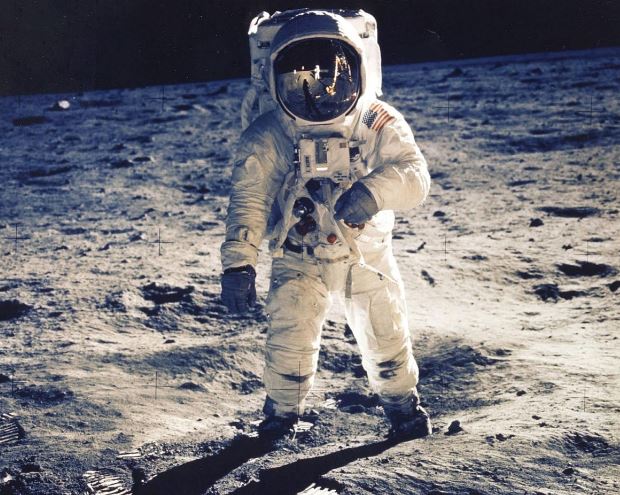
Kim Prisk, an expert at the University of California and one of 12 scientists involved in the European Space Agency's research, stated, "We don't know how bad this type of dust is. It all depends on estimating the risk associated with future missions."
Why is there so much dust on the surface of the Moon?
According to scientists, because the Moon lacks an atmosphere and experiences asteroid impacts.... This causes Moon rocks to gradually decay into fine particles.
The second reason is the influence of solar wind. Dust particles on the surface of the Moon will gradually fragment and form even finer dust particles.
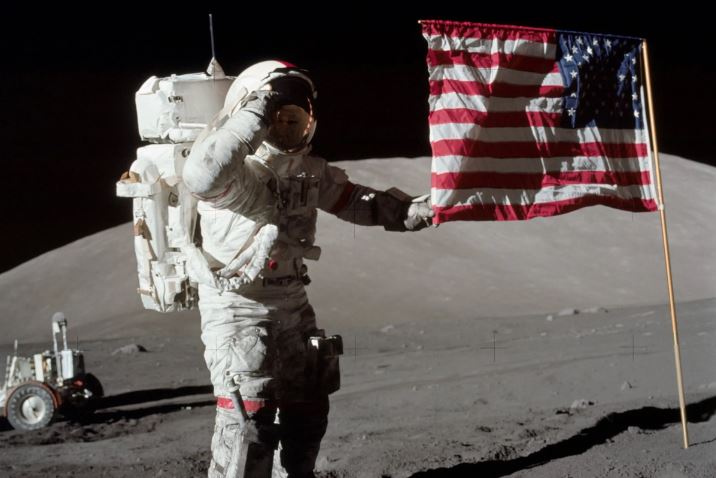
The third reason is the weak gravitational environment of an object on the surface of the Moon, only 1/6 compared to Earth's.
Therefore, when dust lingers in the air for a long time, it easily adheres to astronauts' spacesuits.
NASA astronaut Harrison Schmitt described this mysterious ailment during the Apollo 17 mission as "lunar hay fever."
The political hurdles in space exploration
Astronaut Jim Bridenstine, who led NASA during the Donald Trump administration, has clarified that it's not scientific or technological limitations that have hindered the US from advancing in space exploration.
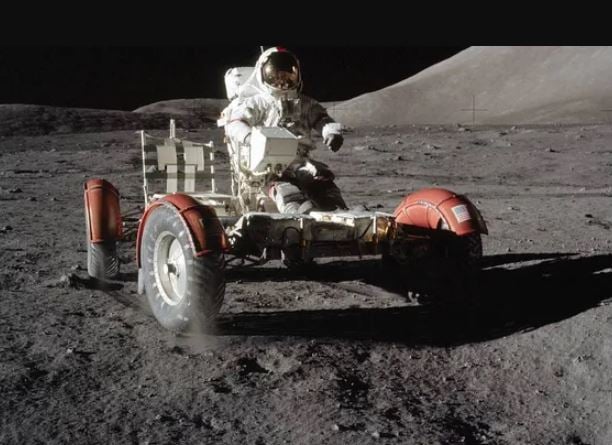
In a conversation with reporters in 2018, Bridenstine stated, “If it wasn't for the political risk, we would be on the moon right now. It was the political risks that prevented it from happening. The program took too long and it costs too much money."
Adding to the complexity, the slow approval of the budget by Congress, due to the funds coming from the government, often hampers progress.
Apollo 7 astronaut Walter Cunningham shed light on the difficulties of securing more government funding to send more people to the moon.
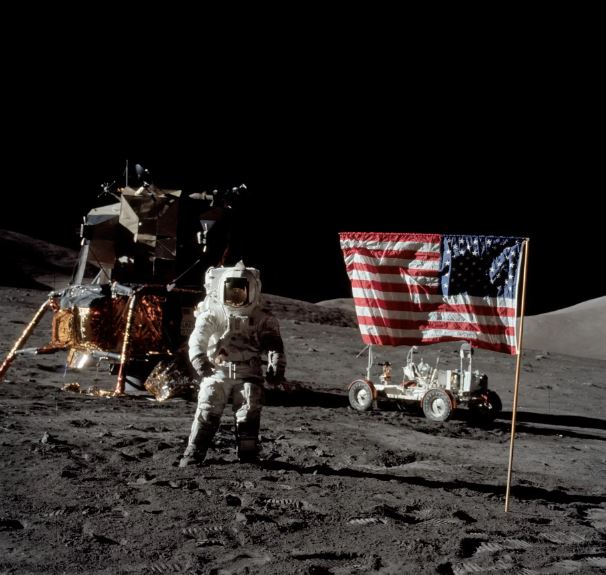
In a statement made in 2015, he said, “Manned exploration is the most expensive space venture and, consequently, the most difficult for which to obtain political support."






